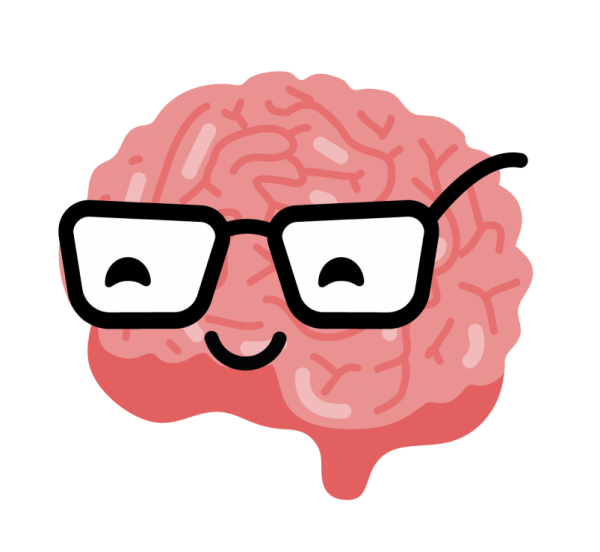Ever dreamed of something so interesting that you wake up thinking “Wow! How did my brain come up with that?” Well, there are a couple of different theories on the origin of dreams.
In 1977, Harvard psychiatrists J. Allan Hobson and Robert McCarley came up with the Activation-Synthesis Theory. Their theory is that dreaming is the brain’s way of processing information that we gather throughout the day. It chooses what to disregard and what to store in our memories.
How?
When we enter a deep sleep cycle, circuits in our brains become active. The circuits send signals that travel from our spinal cord to the brainstem––which is responsible for our body’s unconscious functions like regulating heart rate and breathing. From there, the signals travel to the middle part of the brain––called the limbic brain––which controls our senses, emotions, and memories. When we sleep, our brain activates this sector and it begins to process information and thoughts. That is how we dream.
Hobson says “Dreaming may be our most creative conscious state.”
In fact, we dream four to 10 times every night. When we enter the Rapid Eye Movement sleep (REM), we dream every 90 to 120 minutes. This deep state of sleep allows us to dream more vividly, which results in us remembering our last dream.
I think we can all agree that dreaming is strange.
Did you know that our brains cannot invent faces? So, every face we see in our dreams, we have actually seen somewhere. What is even crazier is that about 12 per cent of people dream in black and white. Even blind people have the ability to visualize images in their dreams.
However, our daily encounters are not the only causes of dreams. Emotions also have a big part in what we imagine. Trauma, sadness, anxiety, and guilt can lead to nightmares. Women are more likely to have more nightmares than men. Reducing stress in our daily life is said to be the best way to have more positive dreams and better sleep.
Dreaming is fascinating. We can use dreams as a tool to teach us more about ourselves. Yet, even today there are some things that science cannot explain. Could dreams predict the future? I guess only time will tell.
Graphic by @sundaeghost
